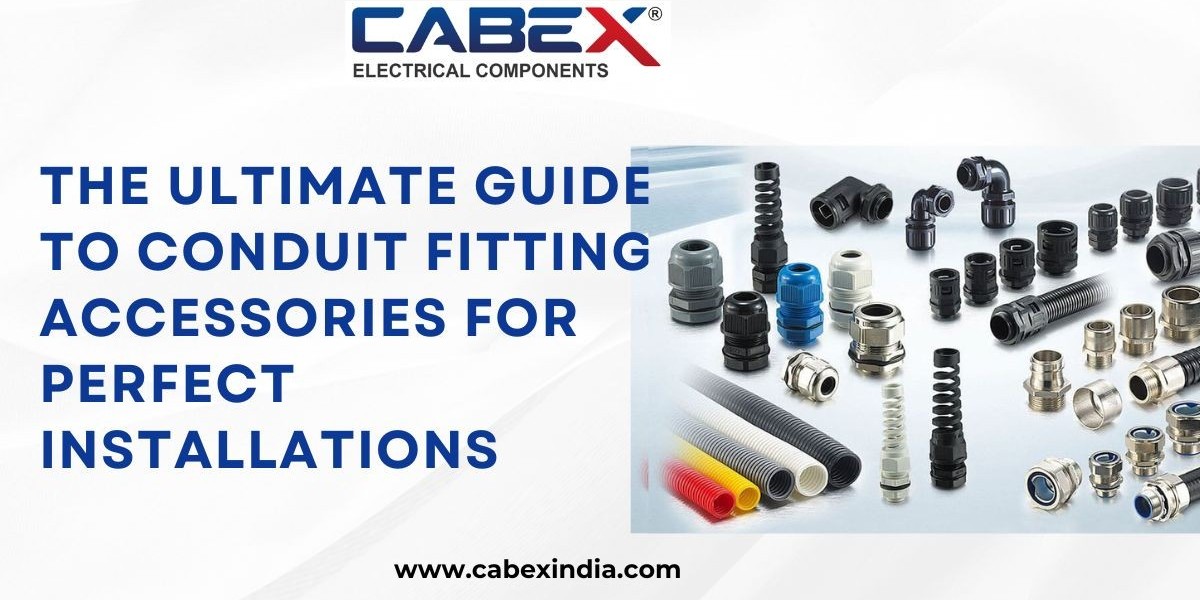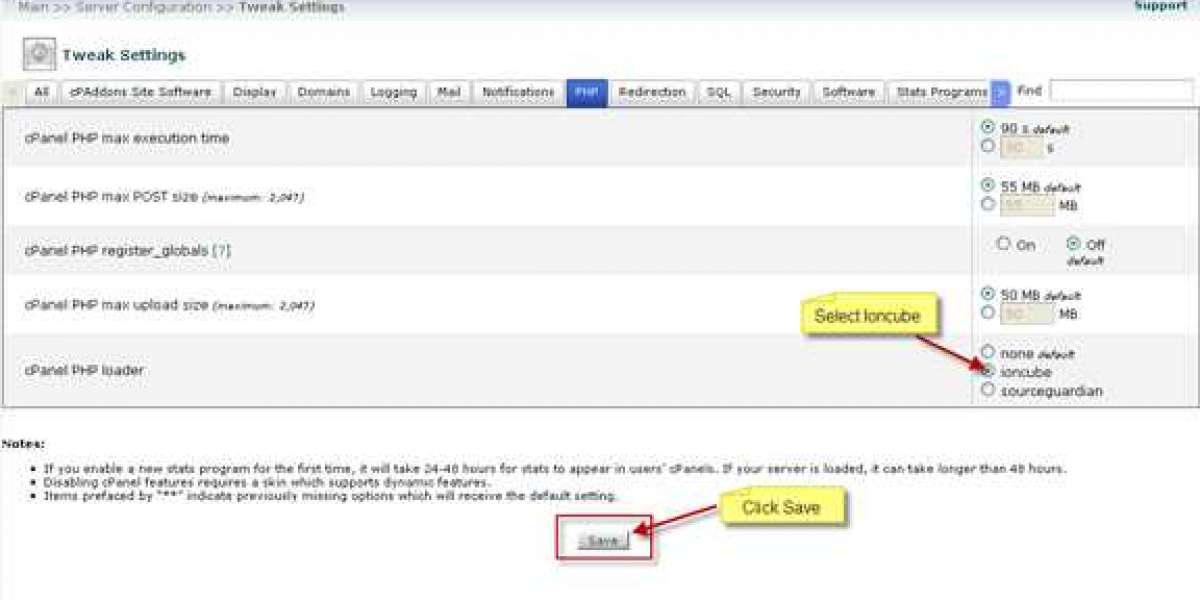Introduction to Conduit Fitting Accessories
Conduit Fitting Accessories play a critical role in any electrical installation that uses conduits. Whether you're working on a large industrial project or wiring a residential property, using the right conduit fittings ensures secure connections, cable protection, and overall safety. These accessories help complete the conduit system by connecting different sections, providing electrical continuity, and protecting cables from external elements. In this article, we will discuss various types of conduit fitting accessories, their functions, and how to choose the right ones for your electrical projects.
What Are Conduit Fitting Accessories?
Conduit fitting accessories are essential components that facilitate the connection, support, and protection of electrical conduits. These fittings are used to join conduit sections, connect conduits to electrical boxes or enclosures, and secure cables within the conduit system. They ensure the integrity of the installation by preventing damage to cables, reducing the risk of electrical faults, and maintaining a neat, organized conduit layout.
Types of Conduit Fitting Accessories
There are various types of conduit fitting accessories available, each designed for specific purposes:
Couplings
Couplings are used to join two sections of conduit together, ensuring a continuous run of electrical cables.
- Compression Couplings
These couplings use compression to secure the conduit in place. They are often used with rigid or flexible conduits and provide a tight, reliable connection without the need for threading. - Threaded Couplings
Threaded couplings are used to connect conduits with threaded ends. These couplings provide a strong and secure bond and are commonly used in rigid conduit systems.
Connectors
Connectors attach conduits to electrical boxes, panels, or enclosures, ensuring a secure connection and protecting the cables inside.
- Straight Connectors
These are basic connectors that allow conduits to be connected in a straight line to a box or panel. - Elbow Connectors
Elbow connectors allow for a 90-degree turn in the conduit system, making it easier to navigate around corners. - Offset Connectors
Offset connectors provide a slight bend, allowing the conduit to be connected when the box or enclosure is not perfectly aligned with the conduit run.
Bushings
Bushings protect the cables inside the conduit from sharp edges and abrasion, especially where the conduit connects to an enclosure.
- Insulating Bushings
These bushings are made from non-conductive materials, ensuring that the cables do not come into contact with the metal edges of the conduit. - Threaded Bushings
Threaded bushings are screwed onto the ends of conduits to protect cables and provide a smooth entry into electrical boxes or panels.
Locknuts and Sealing Rings
Locknuts secure the conduit fittings to electrical boxes, while sealing rings provide a watertight seal, preventing moisture and dust from entering the system.
Materials Used in Conduit Fitting Accessories
Different materials are used in the manufacturing of conduit fitting accessories, depending on the application and environmental conditions.
Metal Fittings
Metal conduit fittings, such as those made from galvanized steel, aluminum, or brass, are known for their strength and durability. They are typically used in industrial and commercial settings where exposure to harsh conditions is common.
Non-Metallic Fittings
Non-metallic fittings, such as PVC or nylon, are lightweight, corrosion-resistant, and often used in environments where moisture is a concern, such as outdoor or underground installations.
Why Conduit Fitting Accessories Matter
Conduit fitting accessories are crucial for several reasons:
- Providing Secure Connections: They ensure that conduits and cables are properly connected, preventing loose connections that could lead to electrical faults.
- Protecting Cables and Equipment: By providing a smooth and secure transition between conduits and electrical boxes, these fittings protect cables from wear and tear, reducing the risk of electrical shorts or damage.
How to Choose the Right Conduit Fitting Accessories
Selecting the right conduit fitting accessories is essential for the safety and longevity of the electrical system.
Matching the Conduit Type
Ensure that the fittings you select are compatible with the type of conduit you are using, whether it's rigid metal conduit (RMC), electrical metallic tubing (EMT), or flexible conduit.
Considering the Installation Environment
For installations in wet or corrosive environments, use fittings made from materials that resist moisture, chemicals, or extreme temperatures.
Sizing and Compatibility
The size of the fittings must match the diameter of the conduit to ensure a secure connection. Using the wrong size could lead to loose or inadequate fittings that compromise the safety of the system.
Installation Tips for Conduit Fitting Accessories
Properly Fitting Couplings and Connectors
When installing couplings and connectors, make sure they are properly aligned and tightened to avoid gaps or weak points in the conduit system.
Common Mistakes to Avoid
- Over-tightening threaded couplings, which can damage the threads or the conduit.
- Using incompatible materials, such as metal fittings on non-metallic conduits.
- Failing to install bushings or locknuts, which can expose cables to sharp edges or loose connections.
Safety Considerations and Compliance
It's important to follow local electrical codes and standards when installing conduit fittings to ensure the safety and reliability of the electrical system. Using certified, high-quality fittings will help ensure compliance with safety regulations and reduce the risk of electrical hazards.
Common Applications for Conduit Fitting Accessories
Industrial Installations
In industrial settings, conduit fitting accessories are used to protect cables in environments where machinery, chemicals, and extreme temperatures are common.
Commercial Projects
In office buildings, retail spaces, and warehouses, conduit fittings help maintain a clean and organized electrical system while providing robust protection for electrical wiring.
Residential Wiring Systems
Conduit fitting accessories are often used in home installations to provide safe and efficient cable management, particularly in areas like basements, garages, and outdoor spaces.
Advantages of Using High-Quality Conduit Fitting Accessories
- Durability: High-quality fittings are designed to withstand harsh environments and provide long-lasting performance.
- Safety: Properly installed fittings help prevent electrical shorts, fires, and other hazards by securing and protecting cables.
- Easy Maintenance: Using high-quality fittings reduces the need for frequent replacements and repairs, saving time and money.
Top Manufacturers of Conduit Fitting Accessories
Several manufacturers produce high-quality conduit fittings that meet industry standards. Look for reputable brands known for their reliability and innovation in electrical accessories.
Maintenance and Inspection of Conduit Fitting Accessories
Regular inspections of conduit fittings are essential to ensure they remain secure and free from damage. Replace any worn or corroded fittings to maintain the integrity of the electrical system.
Cost Considerations for Conduit Fitting Accessories
The cost of conduit fitting accessories can vary based on the material, size, and brand. While cheaper options may be tempting, investing in high-quality fittings ensures better performance and safety over time.
Conclusion
Conduit fitting accessories are small but essential components in any electrical installation. They provide secure connections, protect cables, and ensure the overall safety and functionality of the system. By choosing the right fittings, following installation best practices, and adhering to safety standards, you can maintain a reliable and efficient electrical conduit system for years to come.
By selecting the right accessories, following proper installation practices, and adhering to safety standards,



